comradekingu
Glowing ember
Check out the also belgian http://www.orthanc-server.com/project.






Corrupted files will be decoded to spectacular glitch art. It's actually quite fun: flip one bit somewhere in the middle of a FLIF file, and you get nice effects.Don't worry, you've gone a long way to the programmer stardom, there ain't much more left
By the way, how does it handle file corruption ? Can we recover a file using the lower-res info ?
Here are some artificially glitched FLIF files.I didn't mean lossless recovery, so it looks like we could still get some of the image back.
I like how JPEG corrupts into large colorless (like in less colors - shades of yellow for example) bands. Do you have any example of glitched FLIFs ?
And the best question of all : are corrupted FLIFs taking less space than corrupted JPEGs and PNGs ? :lol:

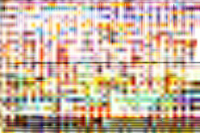
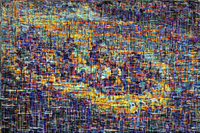
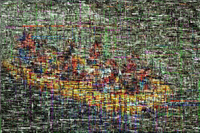
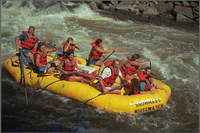
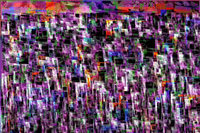
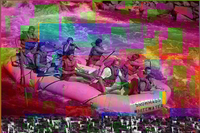
I think you mean the other way round, since the first set is interlaced.Awesome ! Interesting to see that interlaced seems more prone to unidentifiable pictures.
My thought.That's some amazing abstract art. You could sell it to a museum
Thanks!CK-length pm with revised text sent *
I'm a little perplexed by this paragraph:
"
Even if you use the best available image format (PNG, JPEG 2000, WebP or BPG) depending on the type of image (photograph, line art, etc), then FLIF still beats that by 10% on average!
"
I think the problem is, these prior image formats are no longer the best available, in the vast vast majority of cases it seems. How about just changing 'best available image format' for 'best pre-existing image format'?
In other news, I cloned your git repo and tried building it. I get this error:
image/image-png.cpp: In function ‘int image_save_png(const char*, const Image&)’:
image/image-png.cpp:133:37: error: ‘Z_BEST_COMPRESSION’ was not declared in this scope
png_set_compression_level(png_ptr,Z_BEST_COMPRESSION);

